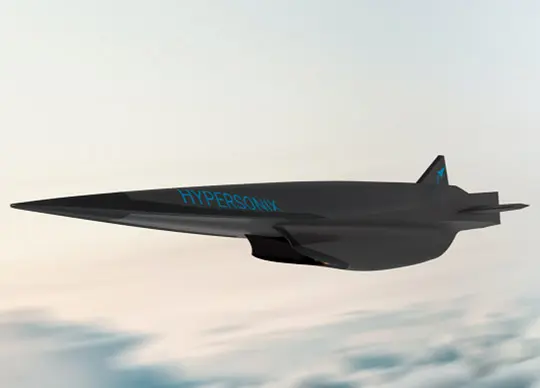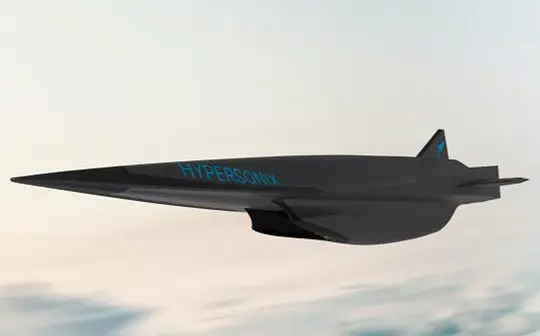
Hypersonix Launch Systems has been selected to provide hypersonic vehicles to the United States’ Defense Innovation Unit (DIU) for testing.
The Australian start-up was selected from a field of major international aerospace companies competing for the DIU contract under the Hypersonic and High-Cadence Airborne Testing Capabilities (HyCAT1) program.
The Silicon Valley-headquartered organization that taps into ‘non-traditional’ innovators, the Defense Innovation Unit (DIU) and its U.S. Air Force and Under Secretary of Defense for Research & Engineering (USD R&E) partners, selected Hypersonix Launch Systems to provide a hypersonic vehicle for its Hypersonic and High-Cadence Airborne Testing Capabilities (HyCAT1) program.
DIU selected Hypersonix from the 63 respondents to the agency’s September 2022 HyCAT solicitation seeking vehicles usable for high cadence long-endurance testing of: hypersonic platforms and components; sensors for detecting and tracking; and systems for communications, navigation, guidance and control. Specifically, DIU requested a vehicle capable of operating in a ‘representative environment’ that can maintain speeds above Mach 5 with a manoeuvrable/non-ballistic flight profile and at least a 3-minute flight duration with near-constant flight conditions. DIU also wishes the flights to be repeated at short intervals.
Hypersonix responded with its DART AE (Additive Engineering) vehicle. DART AE makes significant use of 3D-printing and is powered by a hydrogen-fuelled SPARTAN scramjet engine, capable of flying non-ballistic flight patterns at speeds of Mach 5 to Mach 7 and up to 1000 kms in range (400 seconds flight time). The DART AE has a modular payload bay of up to 20 lbs and Hypersonix plans to fly it in early 2024.
“Our vehicles are capable of non-ballistic flight patterns to at least Mach 7, which exceeds the HyCAT1 specification,” David Waterhouse, Managing Director, Hypersonix Launch Systems.”
“Our longer-term focus is to capture a slice of the emerging multi-billion-dollar commercial market for deployment of small satellites, but clearly Australia’s strategic defence allies see immediate potential in our technology.”
“This is our first major contract and a key step in our commercialisation process – we couldn’t be happier. This puts Australia one step closer to being a major player in the international space race,” David Waterhouse added.





